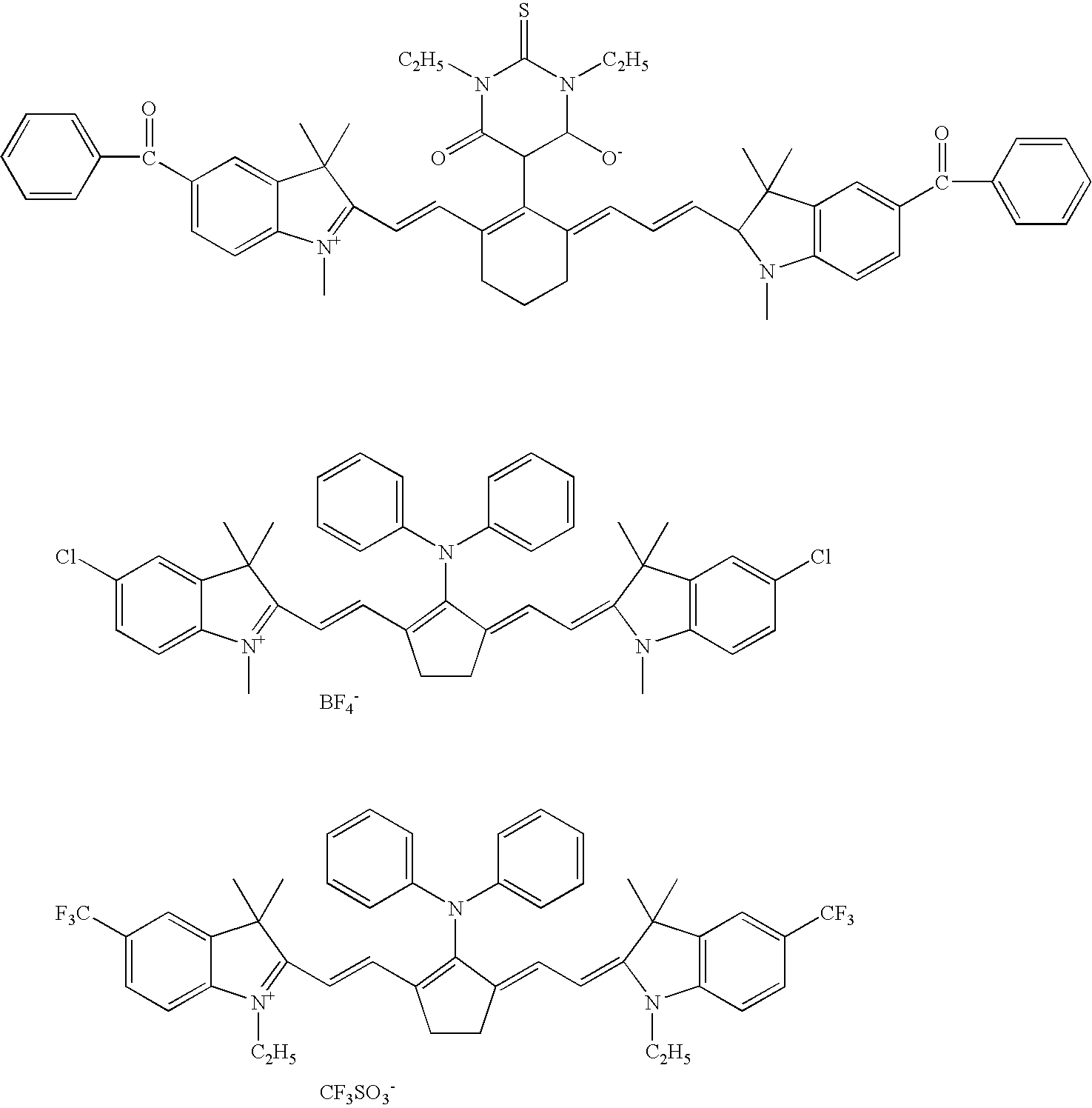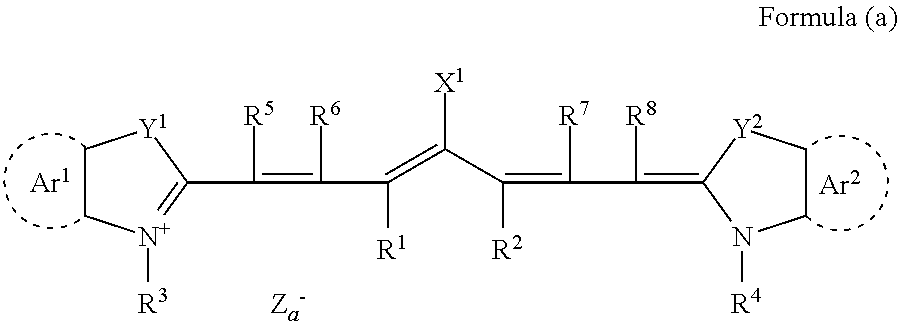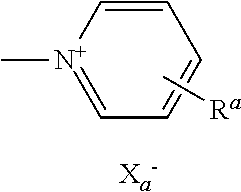Planographic printing plate precursor and pile of planographic printing plate precursors
a technology of planographic printing plate and precursor, which is applied in the field of negative-type planographic printing plate precursor, can solve the problems of inefficiency in the exposure step, and achieve the effects of excellent compatibility, excellent compatibility, and improved dispersion stability of organic resin fine particles
- Summary
- Abstract
- Description
- Claims
- Application Information
AI Technical Summary
Benefits of technology
Problems solved by technology
Method used
Image
Examples
example 1
Preparation of Support
[0327]A JIS-A1050 aluminum plate having a thickness of 0.30 mm and a width of 1,030 mm was surface-treated as follows:
Surface Treatment
[0328]The surface treatment was carried out by sequentially conducting the following steps (a) to (f). After each step and water washing, liquid remaining on the aluminum plate was removed with a nip roller.
[0329](a) The aluminum plate was etched in a solution containing 26 weight % of sodium hydroxide and 6.5 weight % of aluminum ions at 70° C., until the amount of dissolved aluminum became 5 g / m2. The etched plate was then washed with water.
[0330](b) The aluminum plate was desmutted by spraying an aqueous solution including 1 weight % of nitric acid and 0.5 weight % of aluminum ions and kept at 30° C. to the plate. The aluminum plate was then washed with water.
[0331](c) The surface of the aluminum plate was continuously electrochemically roughened by applying an alternate current voltage having a frequency of 60 Hz to the plat...
examples 2 to 5
[0346]Planographic printing plate precursors of Examples 2 to 5 were obtained in the same manner as in Example 1, except that the kind of the silica-coated organic resin fine particles and the addition amount of the mica compound used to make the protective layer coating liquid in Example 1 were changed as shown in Table 1.
example 6
[0347]A recording layer was formed using the same recording layer coating liquid [P-1] as Example 1, thereafter the following protective layer coating liquid [2] was applied to the surface of the recording layer with a wire bar, and the resultant coating was dried for 75 seconds at 125° C. in a hot air drier to form a first protective layer.
[0348]The total coating amount (dry coating amount) of the protective layer was 0.5 g / m2.
[0349]
Synthetic mica (SOMASIF ME-100 manufactured by94 gCo-op Chemical Co., Ltd., 8% aqueous dispersion)Polyvinyl alcohol (CKS-50: saponification degree of82 g99 mol %, degree of polymerization of 300, manufacturedby Nippon Synthetic Chemical Industry Co., Ltd.)Surfactant-1 (PLURONIC P-84, manufactured by BASF)2.5 g Surfactant-2 (EMALEX 710, manufactured by 5 gNihon-Emulsion Co., Ltd.)Pure water1384 g
[0350]Subsequently, the following protective layer coating liquid [3] was applied to the surface of the first protective layer with a wire bar, and the resultan...
PUM
| Property | Measurement | Unit |
|---|---|---|
| liquid temperature | aaaaa | aaaaa |
| particle diameter | aaaaa | aaaaa |
| particle diameter | aaaaa | aaaaa |
Abstract
Description
Claims
Application Information
 Login to View More
Login to View More - R&D
- Intellectual Property
- Life Sciences
- Materials
- Tech Scout
- Unparalleled Data Quality
- Higher Quality Content
- 60% Fewer Hallucinations
Browse by: Latest US Patents, China's latest patents, Technical Efficacy Thesaurus, Application Domain, Technology Topic, Popular Technical Reports.
© 2025 PatSnap. All rights reserved.Legal|Privacy policy|Modern Slavery Act Transparency Statement|Sitemap|About US| Contact US: help@patsnap.com



